CommonGround raises $25M for immersive video avatar technology that doesn’t rely on VR gear
TechCrunch
NOVEMBER 30, 2022
Like “TrueSelf Scan,” the name of the initial application that’s used to scan a person’s image, the meeting software also will not require a VR headset to use and engage with — users will be “seated” in a room that will be shown on a video screen.

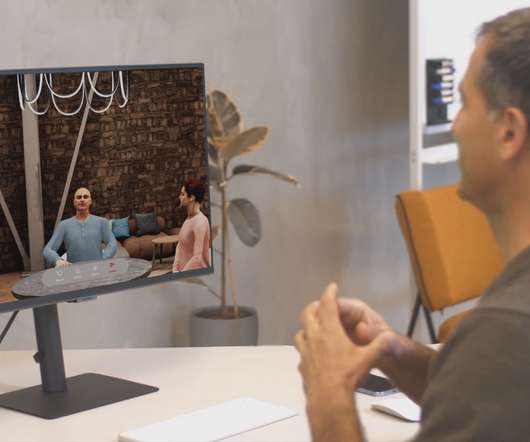



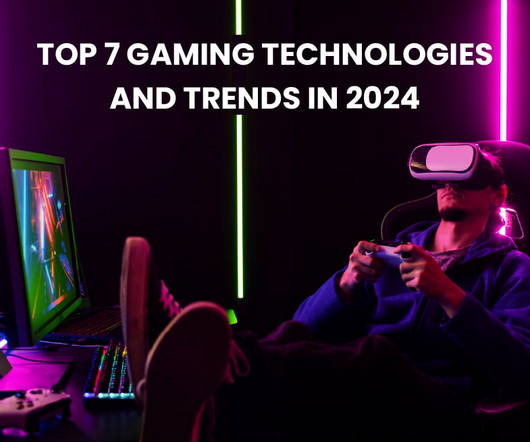

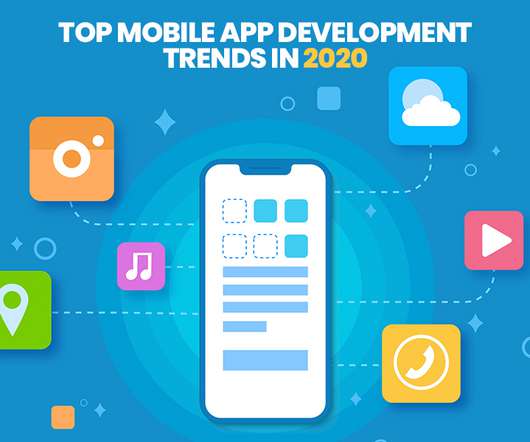
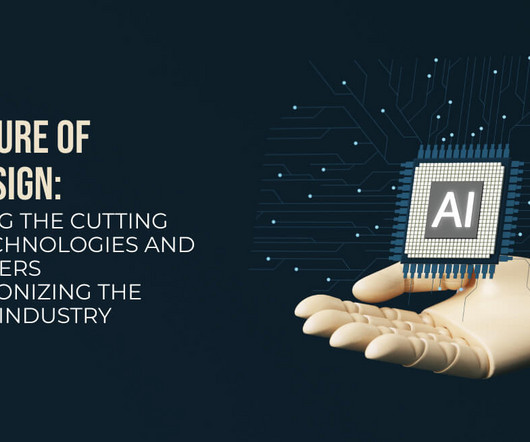
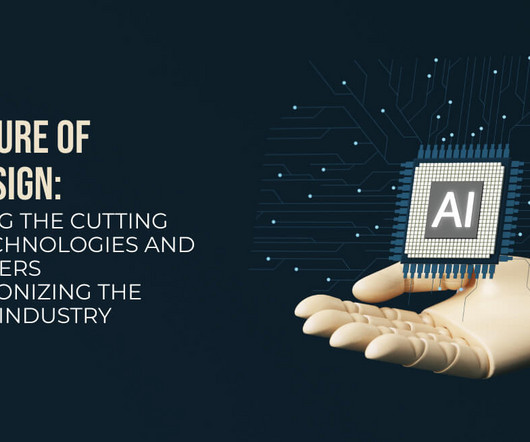



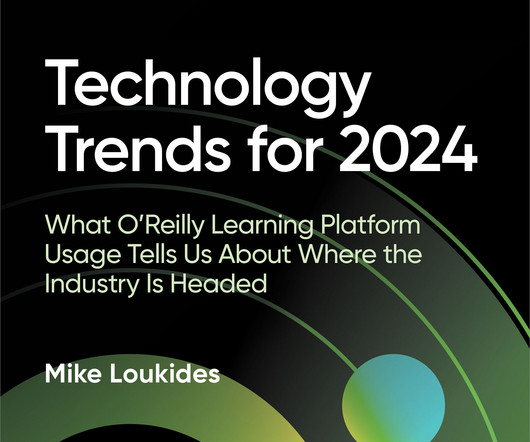









Let's personalize your content